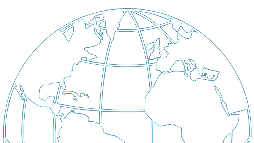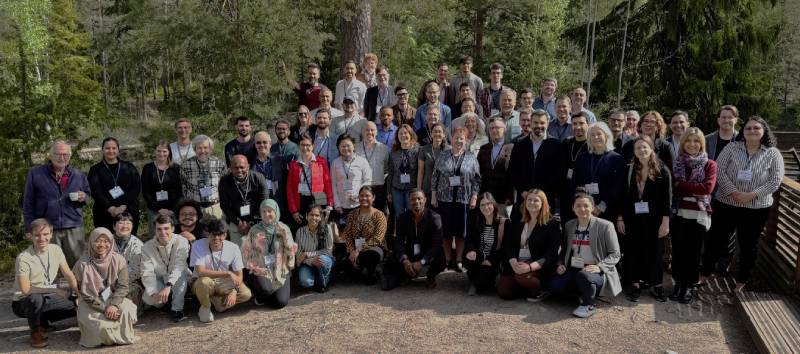
May 19-23, 2025
Hotel Korpilampi
Espoo, Finland
Alkali-Activated Materials and Geopolymers Final Program [PDF]
About This Conference
This is the fourth in a successful series of ECI conferences on the theme of materials produced by alkali or acidic activation of different aluminosilicate, iron silicate (and other) sources and their applications. The 1st conference in this series was held in Hernstein, Austria in 2015, followed by the 2nd in Tomar, Portugal in 2018. The 3rd one was delayed to 2023 due the pandemic situation and was organized in Cetraro, Italy. All the previous editions have been attended by 50 to 80 participants from at least 20 countries from all over the world. The ECI format, gathering the scientific community in a dedicated location to facilitate networking and strengthen the identity of the group where more expert personalities from all over the globe pass their experience to the younger researchers, serves as a forum for discussions on the valorisation of these cold consolidated materials which can be applied to numerous industrial process. The conference has historically brought together different fields of expertise from academia and industry, providing a knowledge platform to share and discuss the upcoming challenges and opportunities in the world of building materials, sustainable routes to ceramics, facile membrane preparation, etc. After the successful 3rd edition in 2023, we have been encouraged to reduce the time between editions as the number of activities going on worldwide are really numerous. In the present edition we are honoured to welcome high-level speakers from globally recognised organisations and companies.
Previous Conference Program [PDF]
Conference Organization
Conference Co–Chairs
Cristina Leonelli
Universita’ degli Studi di Modena e Reggio Emilia, Italy
W.M. Kriven
University of Illinois at Urbana-Champaign, USA
John L. Provis
Paul Scherrer Institut, Switzerland
Arie van Riessen
Curtin University, Australia
Juho Yliniemi
University of Oulu, Finland
International Scientific Committee
Cyril Attwell, ARC Innovations, Benoni, South Africa
João António Labrincha Batista, University of Aveiro, Portugal
Maria Chiara Bignozzi, University of Bologna, Bologna, Italy
Paolo Colombo, University of Padova, Padova, Italy
Nuno M.C. Cristelo, University of Trás-os-Montes and Alto Douro (UTAD), Portugal
Claudio Ferone, University of Naples “Parthenope”, Naples, Italy
Ana Paula Kirchheim, Universidade Federal do Rio Grande do Sul, Brazil
Tero Luukkonen, Oulu University, Oulu, Finland
Angel Palomo, Institute of Construction Science Eduardo Torroja (IETcc), CSIC, Madrid, Spain
Yiannis Pontikes, Katholieke Universiteit Leuven, Belgium
Wouter Schroeyers, Hasselt University, Belgium
Jannie S.J. van Deventer, Zeobond Group, Australia
Keynote Speakers
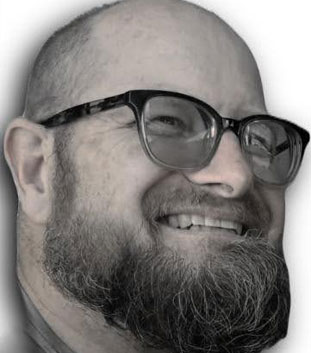
Cyril Attwell (Pr.ChemSA, Pr.Sci.Nat.)
Director of ARC Innovations
Keynote lecture title: “The practical application of activated legacy ash in road applications in South Africa and USA”
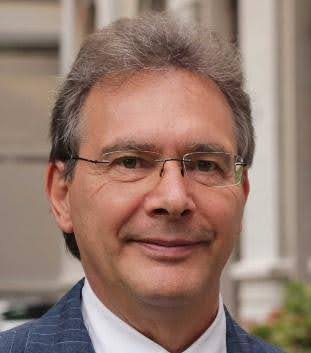
Prof. ing. Paolo Colombo
University of Padova, Padova, Italy
Keynote Lecture title: “Additive manufacturing of geopolymers”
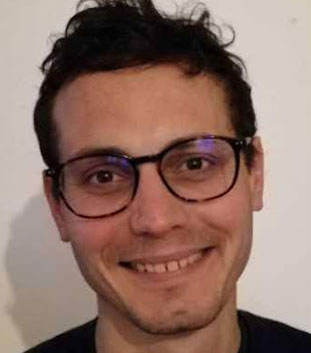
Dr. Alban Gossard
CEA ISEC (Marcoule, France)
Keynote Lecture title: “Geopolymer based materials for the decontamination of nuclear wastewater”
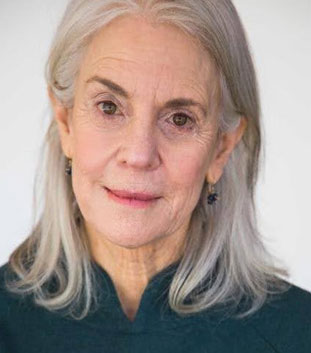
Professor Marie D. Jackson
Research Professor, University of Utah
Keynote lecture title: “Self-sustaining cementitious processes in ancient Roman architectural and marine concretes”
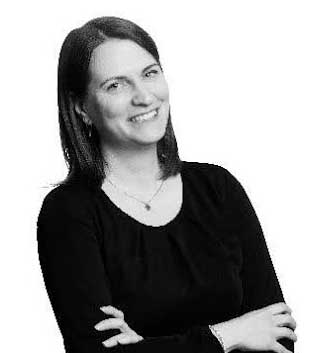
Dr. Jenni Kiventerä
Sustainability Manager, Consolis Parma, Finland
Keynote lecture title : Alkali-Activated Materials in Precast Construction Industry: A Case Study from Consolis Parma
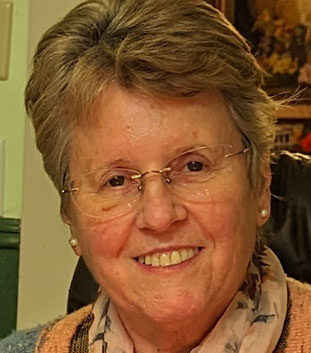
Prof. Waltraud M. Kriven
University of Illinois at Urbana-Champaign, Urbana, IL, USA
Keynote Lecture title: “Geopolymers and their potential applications”
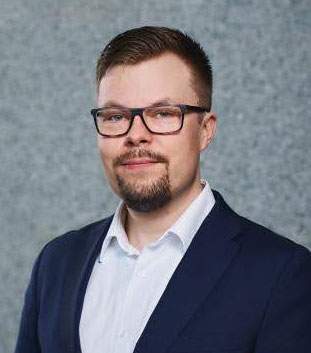
Tero Luukkonen
Associate Professor
Leader of Materials in Environmental Engineering research group
Keynote lecture title: “Possibilities and limitations of geopolymers in real-world wastewater treatment applications”
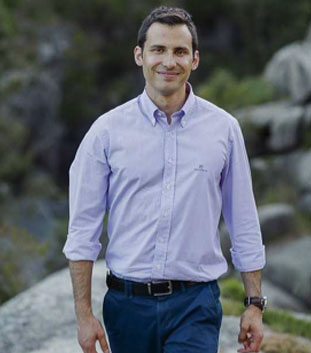
Rui Miguel Novais
Department of Materials and Ceramic Engineering / CICECO-Aveiro Institute of Materials, University of Aveiro
Keynote Lecture title: “Alkali-Activated Materials for Acid Mine Drainage Remediation: A Game Changer or a Utopian Dream?”
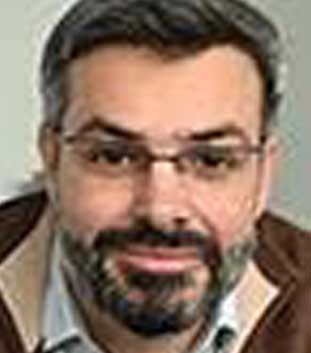
Professor Yiannis Pontikes
Sustainable Resources for Engineered Materials group
KU Leuven, Belgium
Keynote lecture title: “And after the research is done, what is next? Experiences, suggestions and open questions.”
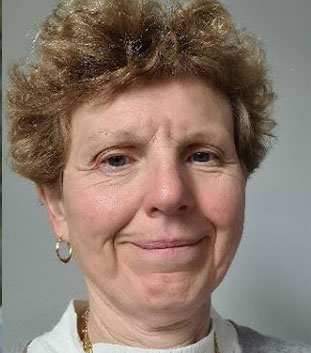
Prof Sylvie Rossignol
IRCER UMR CNRS 7315, Limoges University, France
Keynote Lecture title: “How to achieve specific properties by controlling the chemistry of a geopolymer?”
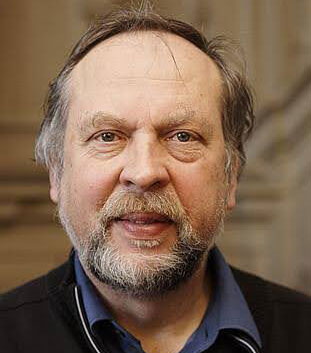
Claus Henning Rüscher
Institute of Earth System Sciences, Leibniz University Hannover, Germany
Keynote Lecture title: “Crossover from Portland Cement to alkali-activated materials and geopolymers:
Structural relationships of the binders and their affinities to sequestrate CO 2
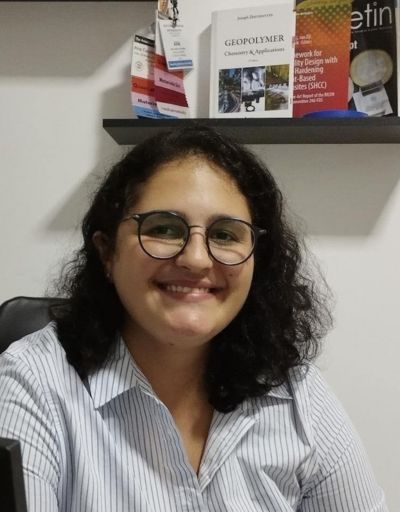
Ana Carolina Constâncio Trindade
Assistant Professor
Department of Biosystems Engineering, Rural Constructions and Ambience Laboratory, Research Center for Materials for Biosystems (BioSMat), University of São Paulo (USP), Brazil
Keynote Lecture title: “Challenges and Opportunities in Material Selection for Geopolymers and Alkali-Activated Materials in Brazil: A Focus on Sustainable and Cost-Effective Solutions”
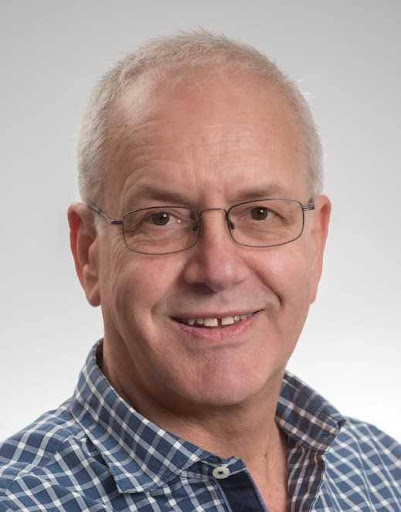
Professor Arie van Riessen
John de Laeter Research Centre, Curtin University, Perth, Western Australia
Keynote Lecture title: “Methods for determining the reactivity of AAMs precursors”
Conference Sessions
The conference aims to cover a large number of topics, from the scientific and technical relevance of alkali/acid activated materials to their environmental and economic impacts. Researchers in academia as well as in industry are making good progress in the industrial application of ultra-low emissions concrete.
Such types of binders are now feasible technical solutions enabling the application of geopolymers and related materials, to reduce waste and emissions in ceramic and cement manufacturing. New pathways of synthesis have arisen that do not involve the addition of highly concentrated alkaline solutions, and appear more sustainable and affordable. We need to rethink the supply chain of precursor materials, the basic understanding of the microstructure correlation with durability studies and the pathway to additional future commercial applications. Central to this is the ability to identify the opportunities where alkali / acid-activated materials may be the best available solution – and conversely also the applications that are best filled by different types of materials – to provide fit-for-purpose sustainable applications in service of modern society.
Attendees are invited to discuss and share their most updated findings in the fields of:
- Building materials (including paving, foundations, blocks, pipes, tiles);
- Exploitation of local and sustainable sources as aluminosilicate or alkali components;
- Understanding and controlling leaching of alkalis and other potential contaminants from the binder structure;
- Mechanical characteristics of alkali-activated and geopolymer concretes;
- International and national standardisation and regulation;
- Mix formulation and the role of additives in the fresh paste;
- Novelties in the fabrication of foams, granules, disks, or 3D-printed lattices;
- Post-fabrication machining of geopolymer components (drilling, cutting, grinding, surface polishing, coating);
- Modifications of geopolymers (ion exchange, introduction of transition metals, development of composites, addition of organic functional groups to the surface, addition of graphene derivatives, carbon nanotubes, cellulose nanofibers);
- Sustainable and low-cost provision of activators;
- Appropriate and accurate durability testing methods and validation of long-term performance;
- Environmental performance assessment (life cycle inventory data, specific assessment protocols, service life and recyclability in emissions calculations, accurate and realistic benchmarking against established solutions);
- Application in adsorption of various soluble compounds (toxic metal(loid)s, nutrients, organic dyes, radioisotopes, water hardness, and rare earth elements);
- Applications in catalysis (heterogeneous catalysts, catalyst supports in oxidative wastewater
- treatment, air pollution control, chemical processes);
- Environmental technology and biomedical applications (pH regulating materials for anaerobic digestion, biofilm carrier media for bioreactors, water filtration and disinfection, coating material to develop controlled-release fertilizers, plant substrate, controlled-release drug delivery, antibacterial surfaces);
- Energy related applications (electrode materials for structural supercapacitors and microbial fuel cells, solid-state battery electrolyte, dielectric materials for antennas).
- The further success of this conference series will represent a step toward meeting the global material needs of society with significantly reduced energy requirements as well as ecological impacts.
Program Agenda
JECS TRUST Student Travel Grants and Awards
Conference Fees and Registration
The conference fee includes accommodations for the nights of Monday through Thursday, (May 19- May 22; check-out on Friday, May 23); conference registration, all conference meals including hotel breakfast on Tuesday through breakfast Friday morning; an off-site excursion on Wednesday; and all taxes. Incidental fees (telephone calls, faxes, spa, laundry, minibar etc.) are billed to your personal account by the hotel.
ALL PARTICIPANTS (INCLUDING MEMBERS OF THE ORGANIZING COMMITTEE AND INVITED SPEAKERS) ARE REQUIRED TO REGISTER.
Registration is closed.
ECI cannot guarantee hotel accommodations without advance payment. Registrations and/or payments received after April 19, 2025 will be confirmed on a first-come, first-serve basis, if space is still available.
| Registration Type | Early bird Registration by 26 April 2025 | Regular Registration After 26 April 2025 |
| Participant (single occupancy-or-sharing room with a personal guest; guest fee additional) | US $2,125 | US $2,325 |
| Participant (sharing a room with another participant) | US $1,915 | US $2,115 |
| Bona fide Graduate Students* (sharing a room with another student) To qualify, students must upload proof of current status during registration – copy of current Student ID or a letter from your university confirming your student status) | US $1,500 | US $1,700 |
GUEST FEES Guests may not attend technical sessions. | ||
| GUEST REGISTRATION All Conference Meals & Activities – personal guest or accompanying person sharing bedroom with a conference participant; includes all conference meals and activities; no technical sessions. | US $790 | US $790 |
| GUEST REGISTRATION Bed & Breakfast Only – personal guest and/or accompanying person sharing a bedroom with a conference participant. Includes bed & hotel breakfast only– no conference meals, coffee breaks, nor additional activities. | US $95 | US $95 |
If you plan to bring children to the conference, please contact Renee Smith for pricing.
Student Rates
*ECI provides discounted registration rates for bona-fide graduate students in exchange for onsite logistics support, such as: audio visual (AV) and speaker coordinator(s), on-site registration check-in support, mic runners, photographers, and more. ECI will email all students one week prior to the start of the conference to ask for on-site help preferences. We appreciate your participation and support!
Cancellation Policy
Click here for information on ECI’s Registration Cancellation Policy
Pre/Post Conference Hotel Reservations
The Hotel Korpilampi will provide conference participants with a reduced conference rate for up to three days prior and 2 days after the conference dates. ECI will reserve your room for the conference dates (check-in on Monday, May 19 and check-out on Friday, May 23) when you register for the conference.
If you would like to extend your stay in the conference hotel, please download and complete the Hotel Korpilampi Pre & Post Conference Reservation Form [DOC] and email it directly to the reservation team at myynti@korpilampi.fi
Call for Abstracts
Submission of Abstracts
One-page abstracts should be submitted as soon as possible and no later than the deadlines noted below. The abstract should include both the significance of the research as well as results that will be discussed to allow a scientific assessment of the work by the organizers. Please indicate if the abstract is for an oral or poster presentation. Only a limited number of oral presentation slots are available. Thus all submissions for oral presentations will be considered for both oral and poster.
Deadlines
Abstracts for oral presentation extended: Closed
Abstracts for poster presentations extended: March 31, 2025
Oral Abstract acceptance notification letters by March 31, 2025
All abstracts should be submitted electronically and submissions must follow the template: docx or doc.
Special Issue: IJCES
In addition to the Abstract brochure, a selection of full manuscripts will be published as a special issue of the International Journal of Ceramics Engineering and Science which will publish open access at a reduced publication charge.
For inquiries on the publication charges, please contact Jonathon Foreman, Managing Editor, at jforeman@ceramics.org.
Submit your manuscript at https://mc.manuscriptcentral.com/ijces.
Special Issue: Open Ceramics
In addition to the Abstract brochure, full manuscripts will be collected in a special issue of the Open Ceramic which will publish open access at REGULAR publication charge.
For any inquiries, please contact Juho Yliniemi (Juho.Yliniemi@oulu.fi), Managing Guest Editor.
Authors are invited to select the correct Special Issue: AAM & Geopolymers submit their manuscripts in the form of full-length articles, review papers and short communications on the portal
https://www.sciencedirect.com/journal/open-ceramics
Venue Information
Hotel Korpilampi in Espoo, Finland
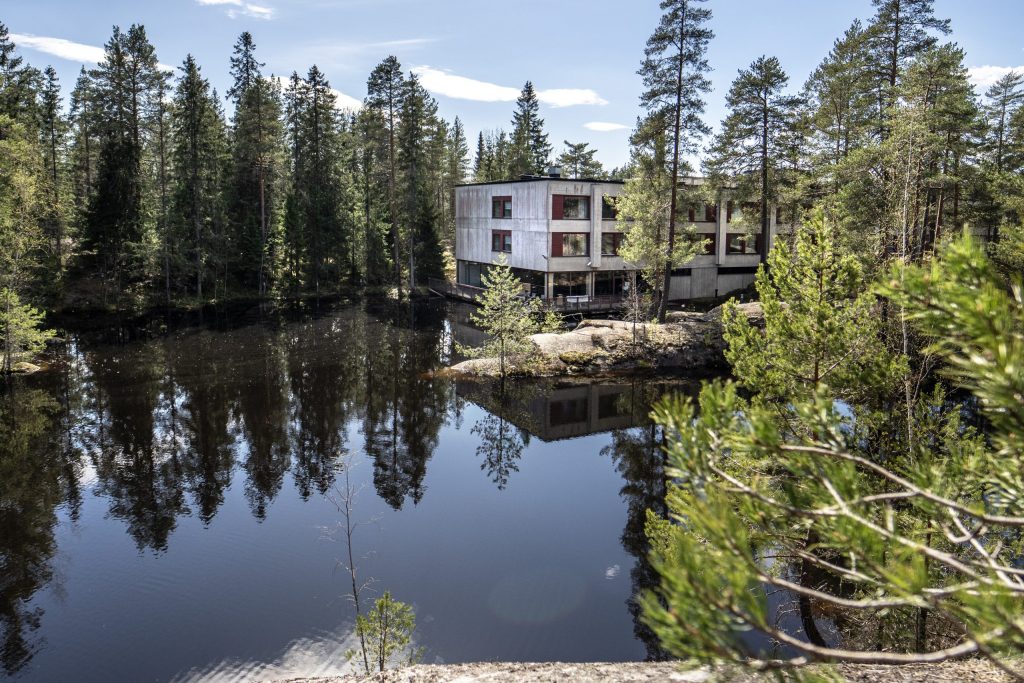
The hotel, located on the shores of Korpilampi Lake in Espoo,Finland, is just 30 minutes from Helsinki city center. The Helsinki-Ventaa Airport is 13.7 miles from the venue. Surrounded by stunning natural scenery, the. Hotel Korpilampi combines modern conference facilities with the peace of nature. Rooms offer either views of lush forests or the tranquil Korpilampi Lake.

The hotel has 160 rooms, each decorated in soothing natural tones, and offers full restaurant services representing modern Scandinavian cuisine. The restaurant prides itself in allergy-friendly food and healthy snacks. The chef has curated an array of delicious dishes using the finest Finnish ingredients, ensuring that every meal is a celebration of local flavors.
All meeting rooms boast air conditioning, advanced AV equipment and high-speed Wi-Fi, ensuring seamless connectivity.
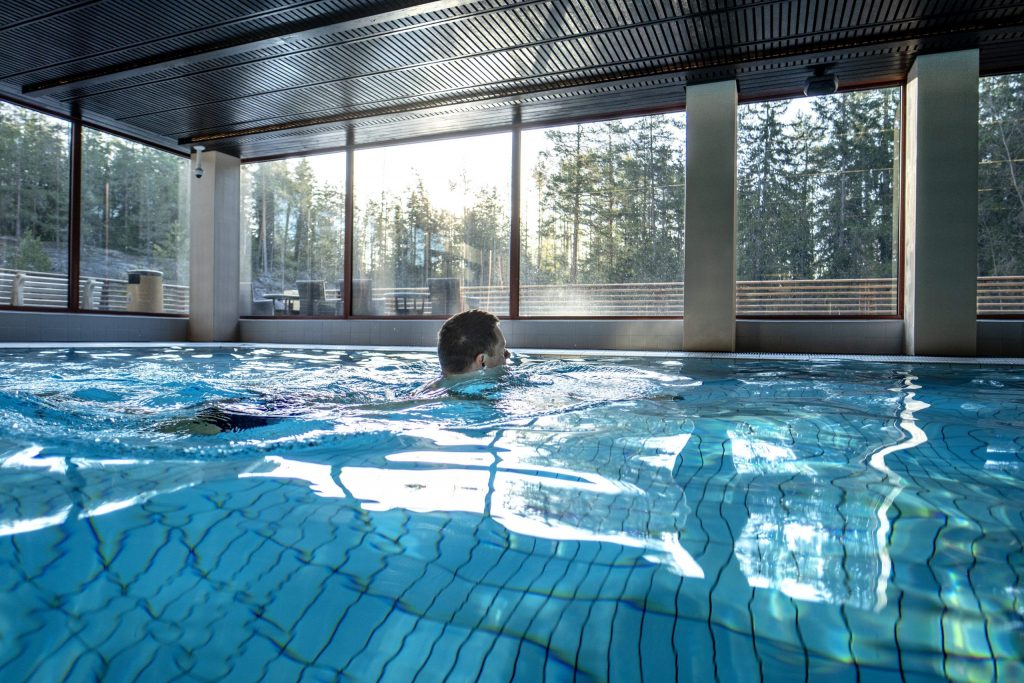
Amenities include a gym and squash court, three saunas (including a smoke sauna by the lake), indoor pool, Jacuzzi, and complimentary parking. One can swim in the clear and clean Lake Korpilampi. There is a sandy beach as well as a walking trail around the lake.
The Hotel Korpilampi (Korpilammentie 5, 02970 Espoo, Finland) is accessible both by bus and taxi. It subscribes to sustainable travel and has been awarded both the Green Key certificate for sustainable hotel operations and the Breeam certificate for sustainable management of the built environment.
Espoo, Finland
Espoo is the second largest city in Finland and part of the Helsinki metropolitan area. It is located just 30 minutes-drive from Helsinki Airport or 15 minutes metro ride from Helsinki City Center. In Espoo one can find outdoors at Nuuksio National Park, 165 Baltic Sea islands, 95 beautiful lakes, 40km of the Waterfront Walkway, delicious cuisine, lovely people, and hidden gem architecture. It is known as a hub of research and development and is recognized for its expansive natural surroundings.

Espoo has been awarded the prestigious Sustainable Travel Finland label by Visit Finland. As one of Finland’s leading destinations for sustainable travel, Espoo invites visitors to explore its beautiful natural landscapes and vibrant urban culture with sustainability in mind.

The city is home to the Aalto University campus and known as a hub of research and development. It is recognized for its expansive natural surroundings including a 58-kilometre shoreline, an archipelago, forests, lakes, and Nuuksio National Park.
Finnish Sauna Etiquette
Previous Conferences
Geopolymers
May 24-29, 2015
Herrnstein, Austria
Conference Chairs:
Cristina Leonelli, University of Modena and Reggio Emilia, Italy
Aldo R. Boccaccini, University of Erlangen-Nuremberg, Germany
Waltraud M. Kriven, University of Illinois at Urbana-Champaign, USA
Arie van Riessen, Curtin University, Australia
Alkali Activated Materials and Geopolymers: Versatile Materials Offering High Performance and Low Emissions
May 27 – June 1, 2018
Tomar, Portugal
Conference Chairs:
John L. Provis, University of Sheffield, United Kingdom
Waltraud M. Kriven, University of Illinois at Urbana-Champaign, USA
Cristina Leonelli, University of Modena and Reggio Emilia, Italy
Aldo Boccaccini, University of Erlangen-Nuremberg, Germany
Arie Van Riessen, Curtin University, Australia
Alkali Activated Materials and Geopolymers: Sustainable Construction Materials and Ceramics Made Under Ambient Conditions
May 28 – June 2 2023
Cetraro (Calabria), Italy
Conference Chairs:
Waltrude M. Kriven, University of Illinois at Urbana-Champaign, USA
Cristina Leonelli, Universita’ degli Studi di Modena e Reggio Emilia, Italy
John L. Provis, University of Sheffield, United Kingdom
Aldo R. Boccaccini, University of Erlangen-Nuremberg, Germany
General Information About ECI
Engineering Conferences International (ECI) is a not-for-profit, global engineering conferences program, originally established in 1962 that provides opportunities for the exploration of problems and issues of concern to engineers and scientists from many disciplines.
The format of the conference provides morning and late afternoon or evening sessions in which major presentations are made. Poster sessions will be scheduled for evening discussion as well. Available time is included during the afternoons for ad hoc meetings, informal discussions, and/or recreation. This format is designed to enhance rapport among participants and promote dialogue on the development of the meeting. We believe the conferences have been instrumental in generating ideas and disseminating information to a greater extent than is possible through more conventional forums.
All participants are expected both to attend the entire conference and to contribute actively to the discussions. The recording/photographing of lectures and presentations is forbidden. As ECI conferences take place in an informal atmosphere, casual clothing is the usual attire.
Smoking is prohibited at ECI conferences and conference functions.
